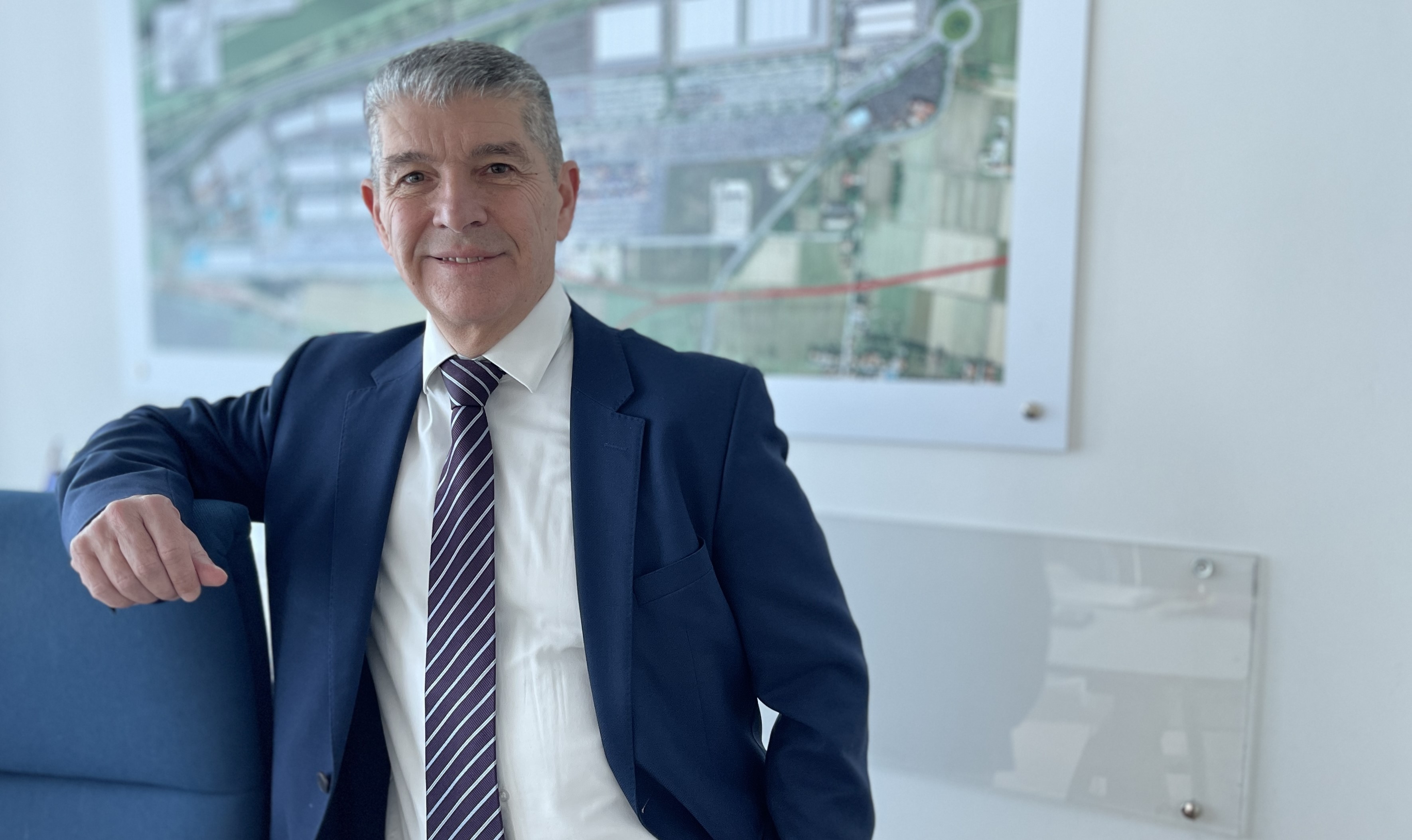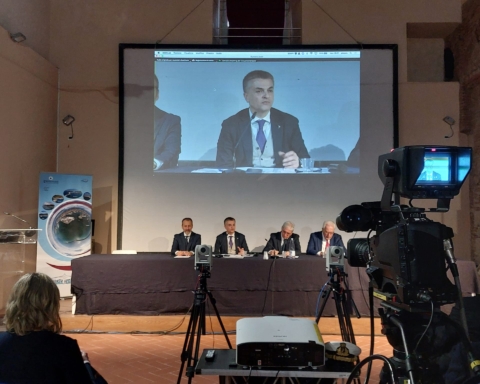“The world is changing and, with it, the way of looking at things. If, until recently, it was common sense for an Italian company to buy logistics services from the supplier who could offer the lowest price, today a different trend is emerging. It’s based on more flexible and articulated commercial approaches with a multimodal logic. Logistics, in short, is no longer seen as a burden but as an added value.’”
This is how Raffaello Cioni, managing director of Vespucci freight village, sees it. Replying to questions from Port News, the Livorno-based manager focuses on the contents of the study carried out by Bocconi University on behalf of the Port Network Authority which was presented a few days ago in Livorno.
Analyzing the opportunities this latest scenario offers in terms of employment and economy, the Bocconi report depicts a future in which the role of ports will be substantially strengthened by the new reshoring and backshoring processes. The great drivers of change, such as environmental sustainability, digitalization and automation, will redefine a port network’s coordinates and competitive dimension.
The increasing importance of directly managing cargo units and the control of the flow of goods from origin to destination, is leading shipping companies to increasingly favour those ports that have warehousing and storage areas behind them, distriparks that can boast positive experiences in the integrated management of logistics-railway-intermodal services,” says Mr. Cioni. In his view, the new scenarios now foresee important employment opportunities in the port and, above all, in the retro-port area.
“The report highlights the growing strategic importance that sectors like food and pharmaceuticals have gained. Companies are becoming increasingly aware of how crucial it is to produce not only quality products, but also to take care of logistics in terms of both the supply of materials and the distribution of goods to markets,” Mr Cioni adds. “’It is no coincidence that the project to develop a pharmaceutical logistics platform at the Vespucci freight village is refered to as a positive example of integrated logistics.”
The famous Pharma Valley, whose partners include Maersk Logistics together with DHL and B3Cube, “aims to be among the largest single storage and distribution platforms in Europe entirely dedicated to life sciences. The project is designed to create an all-in platform, with the integrated management of all the activities involved in transporting the product from the supplier to the final consumer.”
Similarly, the study points out the enormous development potential of a sector which Livorno is one of the leaders in: the automative sector. According to the manager from Livorno, environmental sustainability and the electrified car trade represent an important growth opportunity for the North Tyrrhenian logistic-port network: “Even in this case, the freight village, already specialized in the management of car traffic flows, could also focus on the battery supply chain, which could include the development of packaging, storage, recovery and reuse activities.
Intermodality is the other strong point of Livorno’s port network. “With work starting on the bypass, which is designed to integrate logistic activities in the port and the freight village, and the financing (with RFI 2022-2026 funds) of the railway links to the port of Livorno, including the connection to the Collesalvetti-Vada line and to the Pisa by-pass, will enable the freight village to play its role as a retro-port area equipped to provide high value-added services by managing the various modes of transport in an integrated fashion,” Mr. Cioni commented.
The new development opportunities, however, impose the need for new warehousing areas and temporary storage facilities, which meet safety and specialization requirements. “The freight village clearly needs to expand,” is the concluding message that the managing director of the Guasticce hub conveys to Port News. “The development of goods distribution processes requires an even greater qualitative leap in terms of integration: flexible infrastructures capable of adapting to new economic dynamics are needed, and new areas to create the added value that that today’s market demands from ports.”
Translation by Giles Foster




